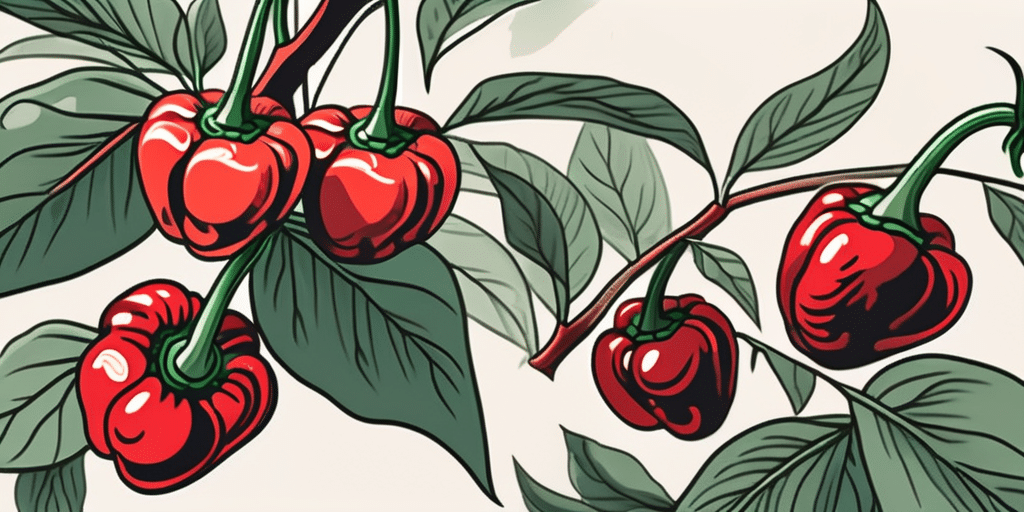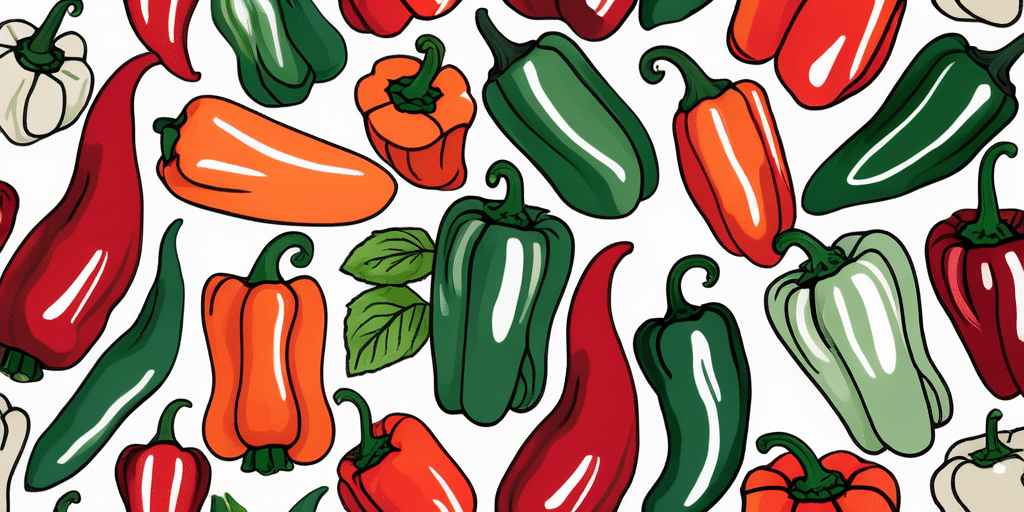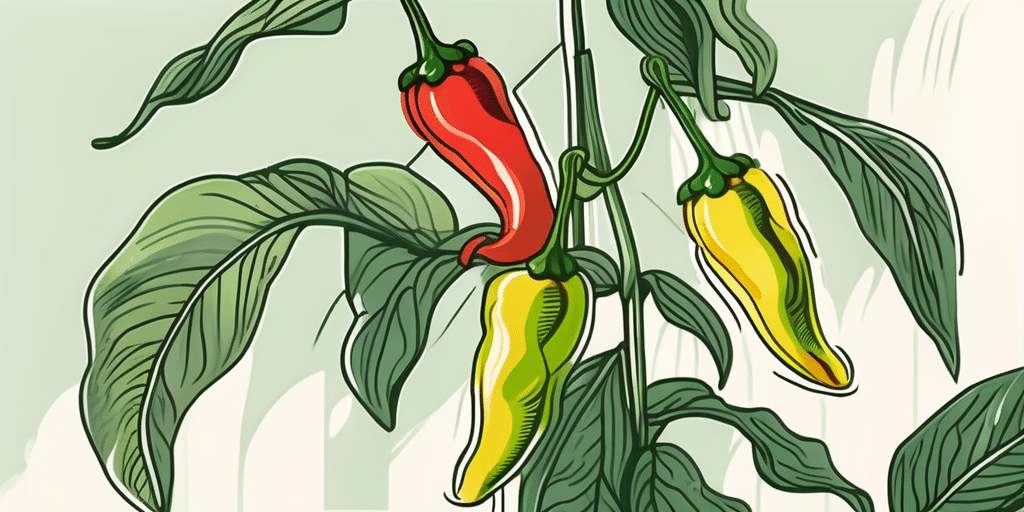Growing peppers can be an exciting endeavor, especially when you understand the concept of companion planting. This agricultural practice involves planting different crops in proximity for pest control, pollination, providing habitat for beneficial creatures, maximizing use of space, and to otherwise increase crop productivity. In this context, let’s explore the best and worst companion plants for peppers.
Understanding Companion Planting
Companion planting is a time-honored agricultural tradition. According to the USDA, it’s a practice that can benefit a wide variety of crops, peppers included. The idea is to create a mini-ecosystem where the different plants help each other grow instead of competing for the same resources.
Companion plants can help each other in a number of ways. Some plants might deter pests that would otherwise damage the crops. Others might attract beneficial insects, or even improve the soil. The key is to find the right balance and combination of plants.
Best Companion Plants for Peppers
Peppers are a versatile crop that can benefit from a variety of companion plants. Here are some of the best options to consider:
Tomatoes
Tomatoes and peppers are part of the same plant family, Solanaceae, and they thrive in similar conditions. According to the Purdue University College of Agriculture, planting these two together can help deter common pests and diseases.
Both of these plants also require similar soil pH and moisture levels, making them ideal companions. Just be sure to rotate your crops each year to prevent the buildup of diseases.
Basil
Basil is another excellent companion for peppers. It helps to repel thrips, flies, and mosquitoes, which can all pose a threat to your pepper plants. Additionally, some gardeners believe that planting basil near peppers can enhance the flavor of the peppers.
It’s also worth noting that basil plants are relatively easy to grow and maintain, making them a great choice for beginner gardeners.
Spinach
Spinach is a good companion for peppers because it can provide a sort of living mulch, keeping the soil cool and moist. This can be particularly beneficial in hot, dry climates where peppers might otherwise struggle.
Furthermore, spinach doesn’t compete with peppers for nutrients, as it has different nutritional needs. This means you can plant them close together without worrying about one plant outcompeting the other.
Plants to Avoid Planting with Peppers
Just as some plants make great companions for peppers, others should be avoided. These plants may compete for resources, attract pests, or otherwise hinder the growth and development of your peppers.
Fennel
Fennel is known to be allelopathic to most garden plants, meaning it releases substances into the soil that can inhibit the growth of other plants. Therefore, it’s best to keep fennel away from your peppers.
Additionally, fennel tends to attract certain types of caterpillars that can damage pepper plants. So, it’s best to keep these two plants separate.
Brassicas
Brassicas, such as broccoli, cabbage, and kale, are not ideal companions for peppers. These plants tend to attract pests that can also damage pepper plants, such as aphids and cabbage worms.
Additionally, brassicas have different nutritional needs than peppers, and they may compete for resources if planted too close together.
Carrots
While carrots can be beneficial to some plants, they’re not the best companions for peppers. Carrots compete with peppers for nutrients, particularly in the early stages of growth.
Furthermore, the two plants have different watering needs, which can make it difficult to provide the right conditions for both if they’re planted too close together.
Final Thoughts
Companion planting can be a great way to maximize your garden’s productivity and keep your plants healthy. However, it’s important to do your research and understand which plants make the best companions for your peppers.
Remember, the best companions for peppers are those that can deter pests, improve the soil, and coexist without competing for resources. Avoid plants that attract harmful pests or compete with peppers for nutrients and water.
With the right planning and care, your pepper plants can thrive alongside a variety of other crops, leading to a bountiful harvest.
Join Our Growing Community
Ready to transform your pepper patch into the garden of your dreams? Subscribe for free to How to Grow Everything and get personalized gardening advice tailored to your grow zone and experience level. Dive into our extensive library of gardening articles, enjoy special offers, and receive the best gardening tips straight to your inbox. No spam, just valuable insights from our family to yours. Start building your dream garden today!





